Using Special Paints for Children’s Accessories: Fluorescent, Phosphorescent, Photochromic, and Thermochromic Varieties
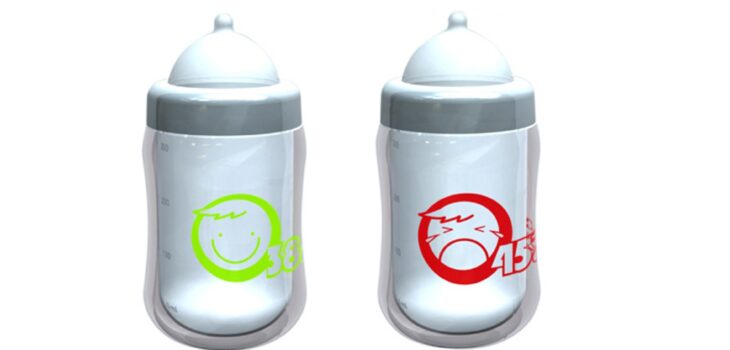

Thanks to their unique properties, special paints are not only visually appealing but also functional. For this reason, they are often used in industries where the coating comes into direct contact with food or young children. They are used, among other things, in the production of accessories for feeding, care, and play for the youngest. What requirements must special paints meet? What are the most commonly chosen types of special paints for the production of children’s accessories?
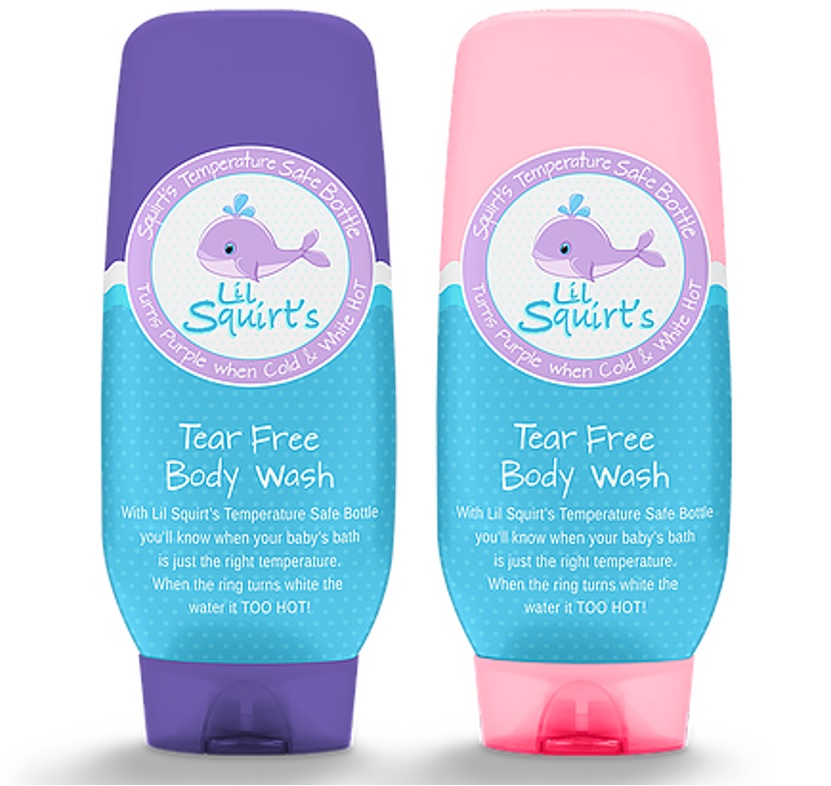
Requirements for Special Paints for Children – Safety First
Paints and coatings that come into contact with children on a daily basis must be completely safe. Improperly chosen coatings can expose users to injuries, allergies of various kinds, asthma, or even damage to the nervous system and brain. Because of this, toys and accessories for children are subject to some of the most stringent regulations. In order to be allowed for sale, they must meet the provisions of the PN-EN 71-3 standard. This standard is particularly important for the paint industry as it pertains to the migration of harmful elements from paints and coatings. The coating is tested for the possible movement of selected substances, including antimony, arsenic, cadmium, lead, mercury, copper, manganese, and nickel.
Most Preferred Types of Special Paints for Children’s Accessories
In order for special paints used in contact with children to be fully functional, they should not only be safe but also aesthetically pleasing and interesting. There are many types of paints available on the market that are gladly used by toy, furniture, and children’s care accessory manufacturers. These include fluorescent, phosphorescent, photochromic, and thermochromic special paints. These paints allow children to experience different stimuli from the environment, which translates to better development through exploring the world.
Fluorescent Paints – Captivating Visual Effects
The surface of fluorescent paints reflects UV radiation that is invisible to the human eye, making it visible. This allows for unique neon colors to be achieved not only during the day but also at night (when used with UV-friendly lighting). Colors that stand out strongly from the surroundings are visually appealing to children. For this reason, fluorescent special paints are used for painting not only toys and games but also children’s accessories.
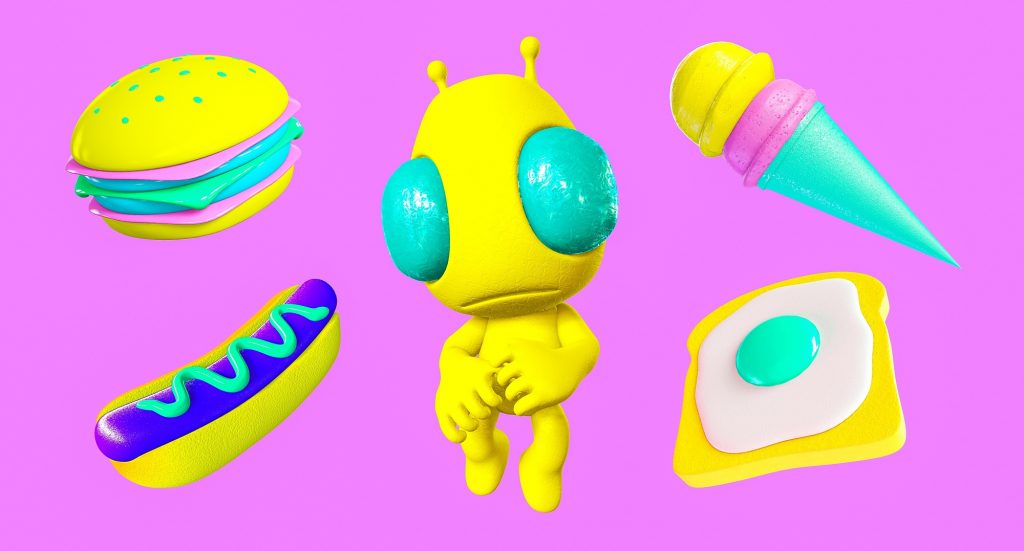

Phosphorescent Paints – Illuminating Toys and Accessories in the Dark
The unusual appearance of special paints makes accessories visually more interesting, and children are more inclined to use them. This applies to phosphorescent paints, for instance. During the day, these paints absorb and store radiation, which they then emit at night, resulting in a glow-in-the-dark effect. These types of coatings have versatile and creative applications, especially in the toy industry, furniture, interior decorations, and the production of care accessories for children.
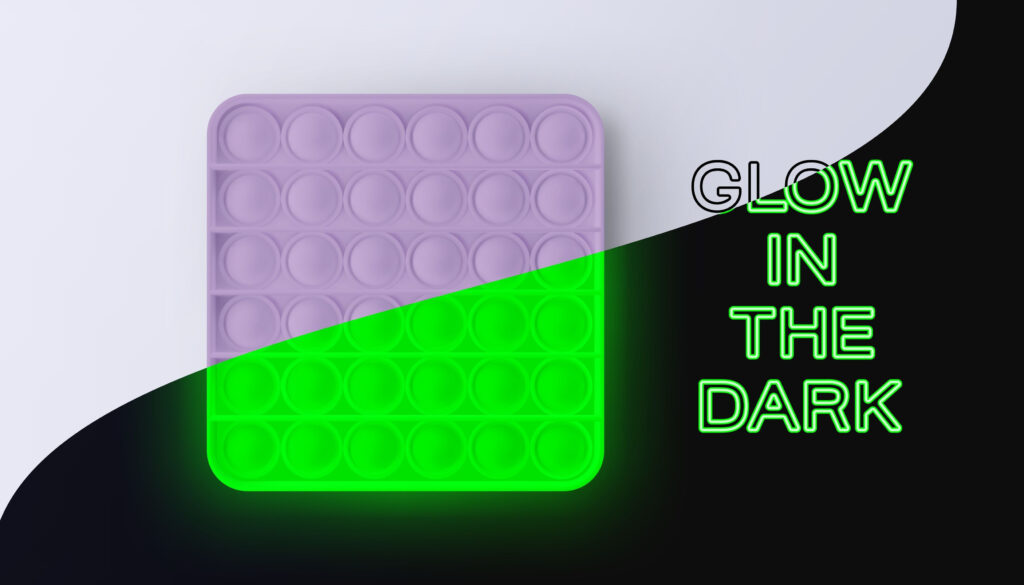

Color Alteration due to External Factors – Photochromic and Thermochromic Paints
Very attractive and intriguing are also special paints that interact directly with the environment. This includes primarily thermochromic and photochromic coatings. They are successfully used to give interesting looks and personalize accessories and toys for children.
Photochromic coatings can change color due to factors such as increased sunlight or indoor lighting. On the other hand, thermochromic paints fade due to changes in temperature or the touch of human skin. As a result, a child can interact with the object, providing an additional experience and entertainment, and allowing for better exploration of their surroundings.
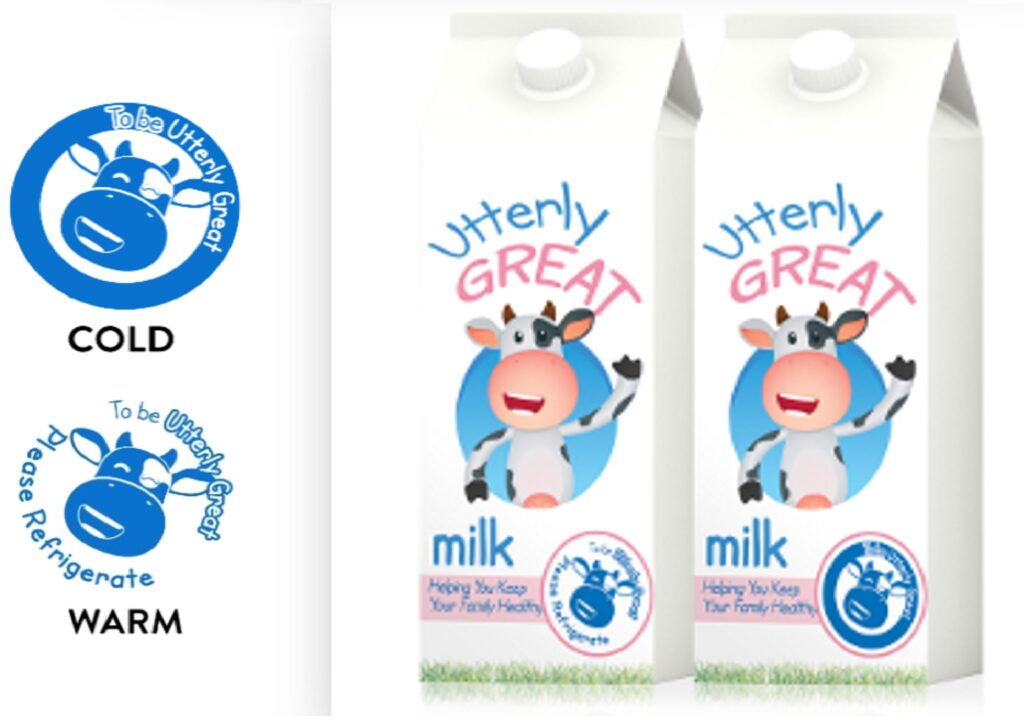

We help you choose a product!
We are here to help you choose a special ink/paint or varnish for your specific project!
Tailor-made products are our specialty.



